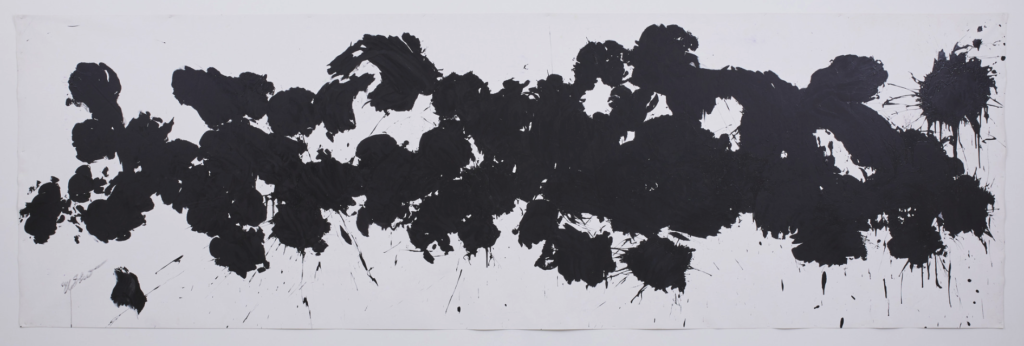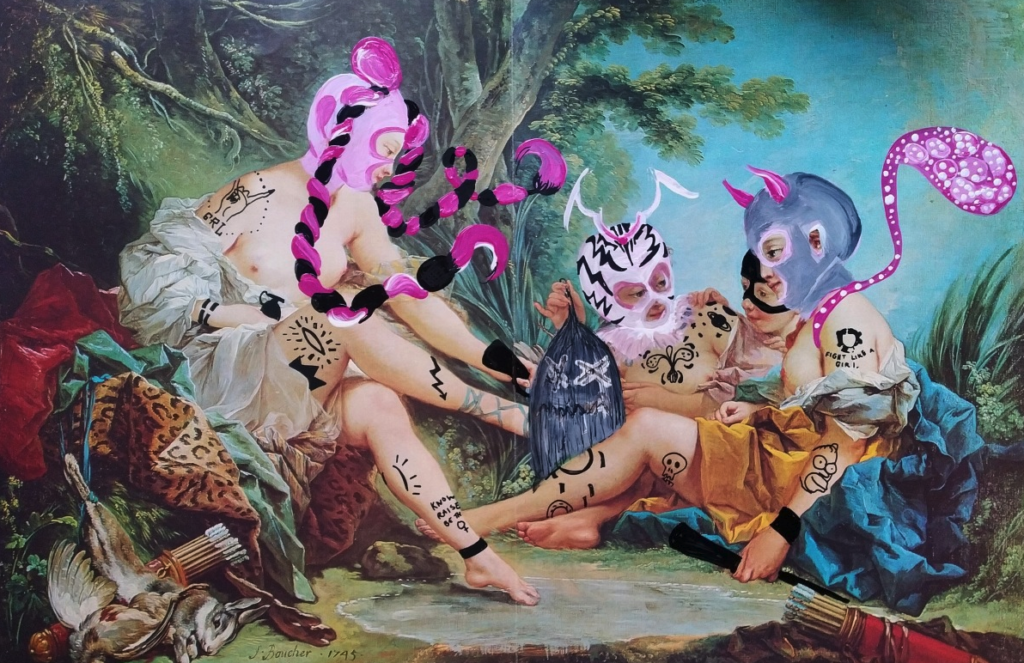
Neo-dada discoveries
Were you aware that you can search for movements on Artfacts? A quick entry of your favourite art trend into the search bar and you’ll be able to explore a myriad of artists, galleries and cumulative data on those connected with the movement.
Today we will dive into the intriguing world of Neo-Dada which emerged in the mid-20th century and continues to inspire contemporary art today. Neo-Dadism developed as a move away from abstract expressionism; artists were inspired by the anti-art materials and attitudes of the original Dada movement. Neo-Dada continued the Dada belief that the viewers interpretation of an artwork determines its meaning, and used a lot of creative approaches oft seen in Dada, such as collage, assemblage, performance and found materials. However, Neo-Dada also rejected some of the values proposed in Dadaism. They aimed to dismantle the boundaries between art and everyday life playing with chance and chaos and connected over their mockery and celebration of consumer culture.

As with many art movements, there are a lot of blurred lines between shared ideas, artists, countries involved, and exact time periods, but Neo-Dada is often considered as an American counterpart to French Nouveau Réalisme and Fluxus as well as a contribution to the future movements of Pop Art, and Happenings.
Although you are likely familiar with some of the works of well-known Neo-Dadaists such as Jasper Johns , Robert Rauschenberg, Allan Kaprow, John Cage, and Merce Cunningham, there are also others that are popularly considered as being connected to the movement, or at least inspired by its ideals. Joseph Beuys and Yoko Ono, who are also connected with Fluxus are two such examples, in addition, we would like to explore two more slightly lesser known artists in detail below:
Ushio Shinohara
(b. 1932, Tokyo, Japan)
Global Ranking: 2,266
Japan Ranking: 42

“If you have the intention of making a good painting, you cannot make one that is truly good. That’s why I quickly throw punches, before my mind can catch up with me.”
The Japanese-born, New York City based painter, sculptor, and performance artist, is perhaps best known for his Boxing Painting series, which, much as the title alludes to, involves creating paintings from the action of boxing paint onto a canvas. He was a founding member of the Japanese “Neo-Dada Organisers”, which he established with Masunobu Yoshimura, Genpei Akasegawa and Shusaku Arakawa amongst others. In some of his works Shinohara also directly referenced the works of Neo-Dadaists Jasper Johns and Robert Rauschenberg with his Imitation Art series.
Shinohara, now in his 90’s, still creates vigorously. His work can be seen currently in the group exhibition “A Fine Line: Graffiti and the Power of Dissent” organised by the Ethan Cohen Gallery, until September 2.
Guglielmo Achille Cavellini
(b.1914, d.1990, Brescia, Italy)
Global Ranking: 12,534
Italy Ranking: 473

The delightfully eccentric and inspiring Italian artist, prolific art-collector, patron and writer, Cavellini, created paintings, photographs, assemblages, performances and mail art. His works focused on the theme of ‘self-authorisation’, which led to the invention of his generations version of an “Influencer” with his “self-historization” approach. This conceptual form of self-promotion, (though hyperbolic and ironic, as opposed to that of an influencer) can be seen in his self portraits connecting himself to other famous artists in stamps, and in the branding of his name in stickers and writing which he covered his body or outfit in, on occasion.
With its avant-garde spirit, Neo-Dada continues to shape contemporary art movements, and inspire artists today. One such artist being:
Dorothee Zombronner
(b.1982, Goettingen, Germany)
Global Ranking: 61,762
Germany Ranking: 6,027

German artist Zombronner is a perfect example of an Ultra-Contemporary artist who employs elements of Neo-Dada, with her use of readymades, assemblage, and her approach to painting over art-prints, magazines and postcards. The artist employs humour as she alters images that serve the male gaze, subverting them to create new meaning. Her work can be seen currently in the Group Show, Sisterhood II, at KUNSTHAUS LAA in Austria until July 23.
Exploring artists via a movement on Artfacts is a great way to discover your new favourite.
P.S. We recognise that a majority of the artists famed to have been connected with Neo-Dadaism are male, and therefore our coverage of the movement has reflected that but we will endeavour, as we do usually, to offer more equal representation in the future.
P.P.S. We are dedicated to improving your overall experience of Artfacts. If you have 5 minutes of time, we would love to learn from you.
Headerimage by Kyle Brinker on Unsplash
